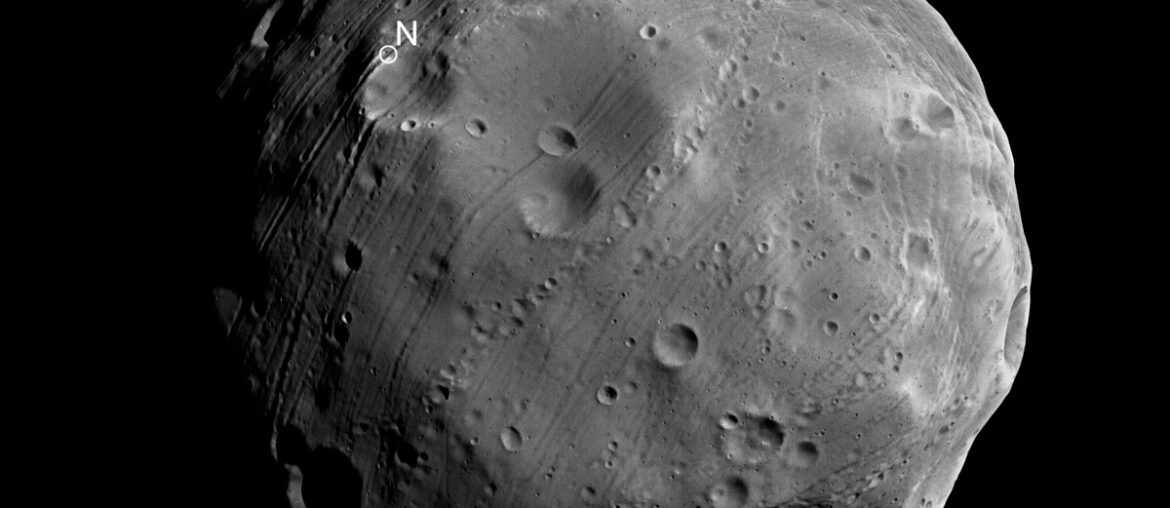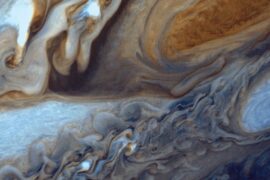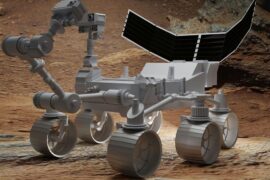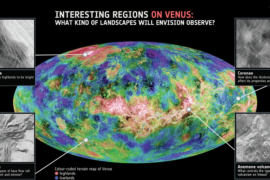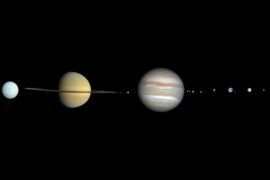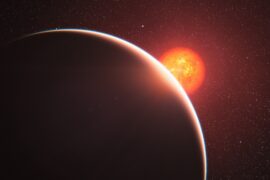Deimos is a small, irregular moon of Mars whose low gravity and close orbit make it an appealing focus for scientific study and mission planning. Because it’s tricky to reach and offers unique engineering challenges, each visit tells a slightly different story about how spacecraft can operate near tiny bodies.
There are 14 Space Missions to Deimos, ranging from Gulliver to Viking 2 Orbiter. Each entry is listed with Year(s), Agency, Interaction so you can see when the activity happened, who ran it, and what the spacecraft did (flyby, imaging, gravity measurement, etc.); you’ll find the full list below.
What kinds of interactions have missions had with Deimos?
Most missions have been flybys or orbital observations using imaging, spectroscopy, radar, and gravity measurements to map surface features and infer mass and composition. Long-term orbiters that studied Deimos over time are rarer, and there have been no confirmed sample returns or sustained landings so far; upcoming proposals focus on landers and in-situ science.
How should I read the Year(s), Agency, Interaction columns?
Year(s) shows the mission timeframe or encounter year, Agency names the organization responsible, and Interaction gives a concise description of what the spacecraft did at Deimos (e.g., flyby, orbiter imaging, gravity test). Use those columns to compare chronology, operators, and mission roles quickly.
Space Missions to Deimos
| Mission | Year(s) | Agency | Interaction |
|---|---|---|---|
| Mariner 9 | 1971–1972 | NASA | Imaged |
| Viking 1 Orbiter | 1976–1980 | NASA | Orbital Study |
| Viking 2 Orbiter | 1976–1979 | NASA | Orbital Study |
| Phobos 2 | 1988–1989 | Roscosmos | Imaged |
| Mars Global Surveyor | 1997–2006 | NASA | Imaged |
| Mars Express | 2003–Present | ESA | Flyby |
| Mars Reconnaissance Orbiter | 2006–Present | NASA | Flyby |
| Phobos-Grunt | 2011 | Roscosmos | Planned Mission |
| MAVEN | 2014–Present | NASA | Flyby |
| Hope (Emirates Mars Mission) | 2021–Present | UAESA | Flyby |
| Tianwen-1 | 2021–Present | CNSA | Imaged |
| PADME | Proposed | NASA | Proposed Mission |
| Gulliver | Proposed | ESA | Proposed Lander |
| MMX | Planned (2026) | JAXA | Planned Flyby |
Images and Descriptions
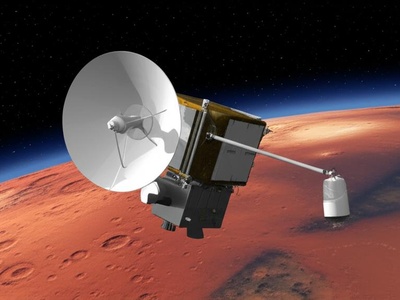
Mariner 9
The first spacecraft to orbit another planet, Mariner 9 provided the first-ever close-up images of Deimos. Its photos revealed that Deimos was not a spherical body but a small, irregular, and heavily cratered object, likely a captured asteroid.
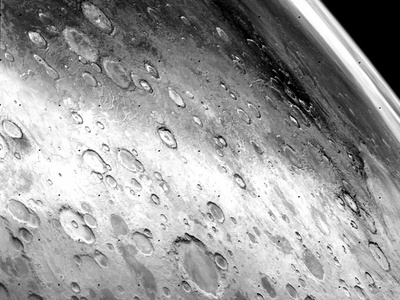
Viking 1 Orbiter
Along with its twin, Viking 2, this orbiter conducted the first detailed photographic survey of Deimos. It mapped the moon’s geology, characterized its shape, and revealed a remarkably smooth surface covered in a thick layer of fine dust (regolith).
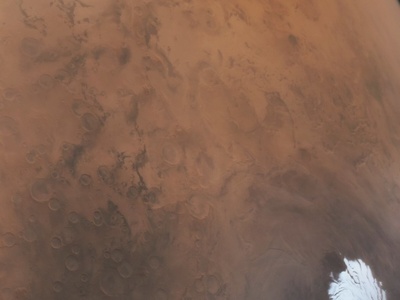
Viking 2 Orbiter
Working in tandem with Viking 1, the Viking 2 orbiter captured extensive imagery of Deimos from various angles. These photos remained the best available for over 20 years and formed the basis of our early understanding of the tiny moon.
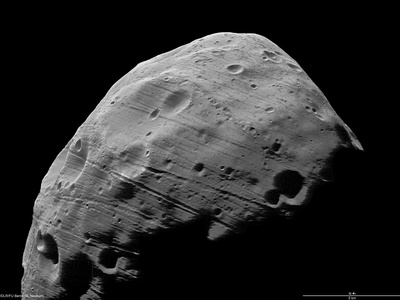
Phobos 2
Though its primary mission to Phobos was cut short by a malfunction, Phobos 2 successfully obtained distant images and infrared data of Deimos. This provided valuable thermal property information, suggesting a surface covered in fine-grained material.
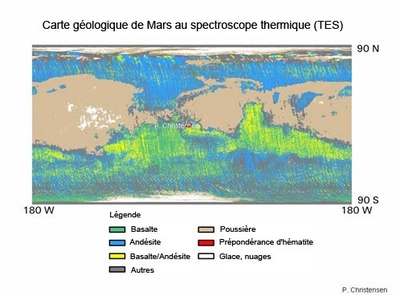
Mars Global Surveyor
During its long mission mapping Mars, MGS took several high-resolution, opportunistic images of Deimos. Its Mars Orbiter Camera helped refine our measurements of the moon’s size, shape, and surface features, including its largest craters.
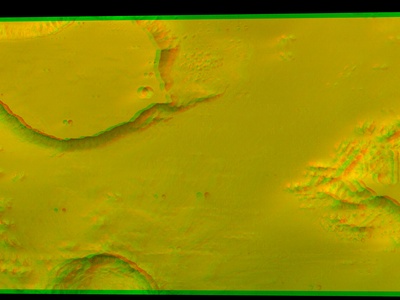
Mars Express
The Mars Express orbiter has performed multiple close flybys of Deimos, using its High Resolution Stereo Camera (HRSC) to create detailed 3D models and color maps. Its data helps scientists study Deimos’s geology, composition, and origin.
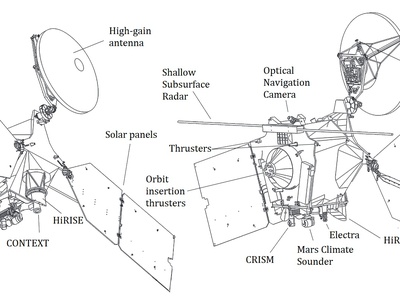
Mars Reconnaissance Orbiter
MRO’s powerful HiRISE camera has captured some of the sharpest images of Deimos ever taken. These incredibly detailed photos, taken during targeted flybys, show individual boulders, grooves, and subtle color variations on the moon’s dusty surface.
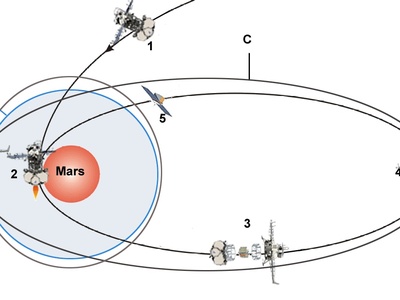
Phobos-Grunt
This ambitious sample-return mission was primarily aimed at Phobos but included plans for Deimos flybys and remote sensing. The mission tragically failed to leave Earth orbit after launch, so its Deimos objectives were never achieved.
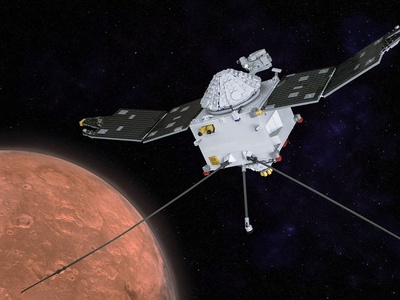
MAVEN
While studying the Martian atmosphere, MAVEN has made opportunistic observations during Deimos flybys. Its instruments have analyzed the space environment around the moon, searching for signs of dust or gas and studying its interaction with the solar wind.
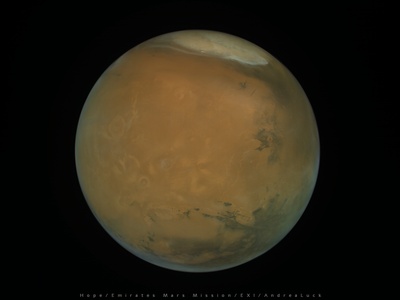
Hope (Emirates Mars Mission)
The Hope probe executed a series of close flybys, capturing the first detailed, multi-spectral images of Deimos’s “far side”—the side that faces away from Mars. This provided a more complete global view of the moon than ever before.
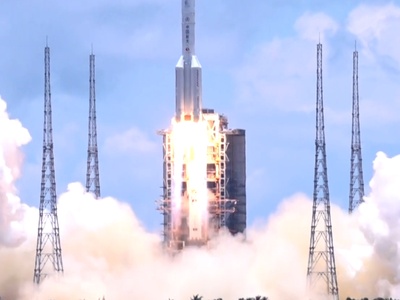
Tianwen-1
The Tianwen-1 orbiter, part of China’s first Mars mission, has successfully imaged Deimos from a distance. While not a primary target, these observations contribute to the growing international dataset on the Martian moon and its environment.
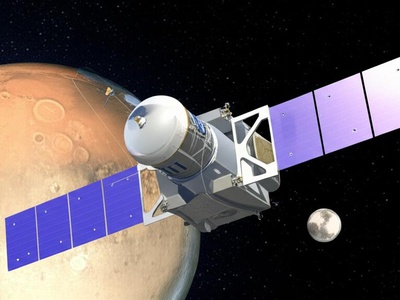
PADME
The Phobos And Deimos & Mars Environment (PADME) mission was a formal proposal for a dedicated orbiter to study both Martian moons. Though not selected for development, it represented a focused effort to finally resolve the mystery of their origins.
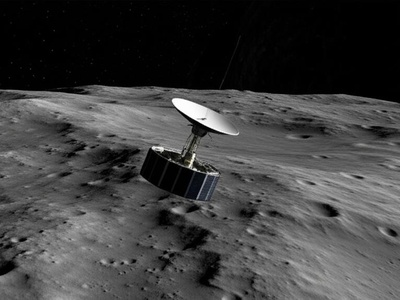
Gulliver
Gulliver was a mission concept studied by the European Space Agency to land a small probe on Deimos. The goal was to directly analyze the surface composition and properties of its regolith to investigate if the moon is a captured asteroid.
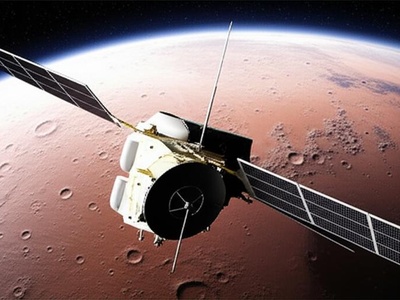
MMX
The Martian Moons eXploration (MMX) mission is primarily a Phobos sample-return mission. However, its plan includes performing multiple close flybys of Deimos to conduct comparative science, providing crucial data to understand the differences between the two moons.
Enjoyed this article?
Get daily 10-minute PDFs about astronomy to read before bed!
Sign up for our upcoming micro-learning service where you will learn something new about space and beyond every day while winding down.

